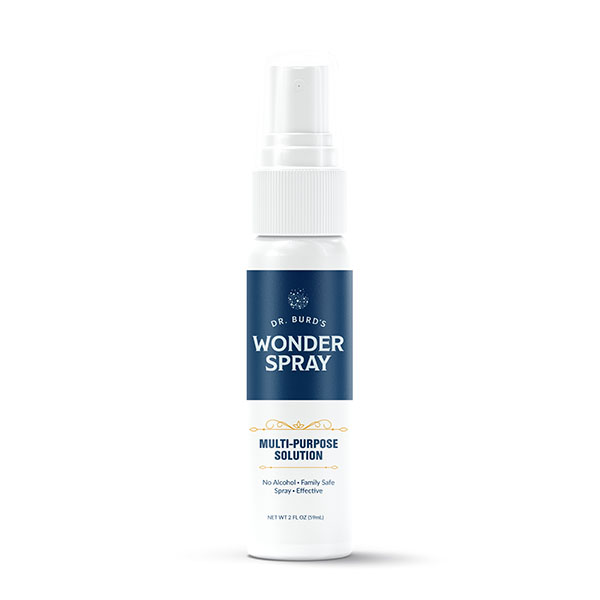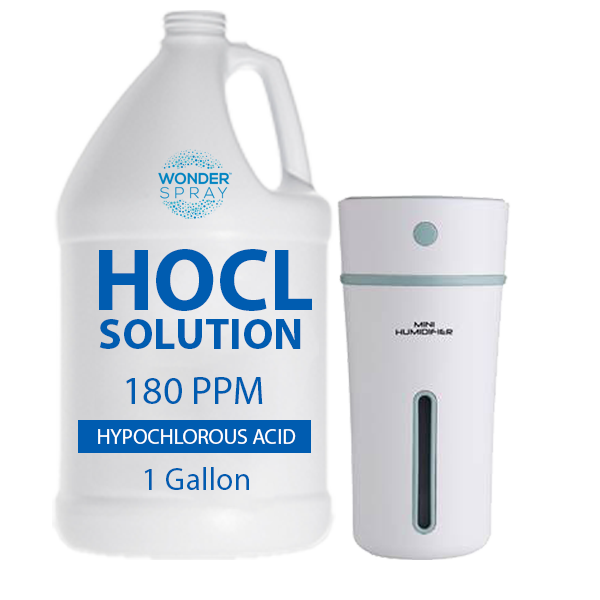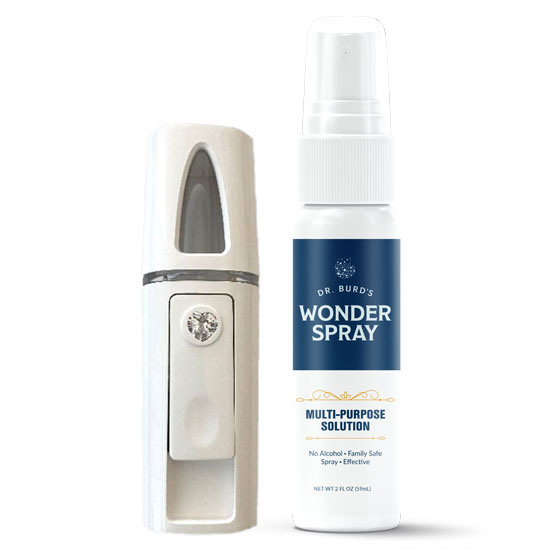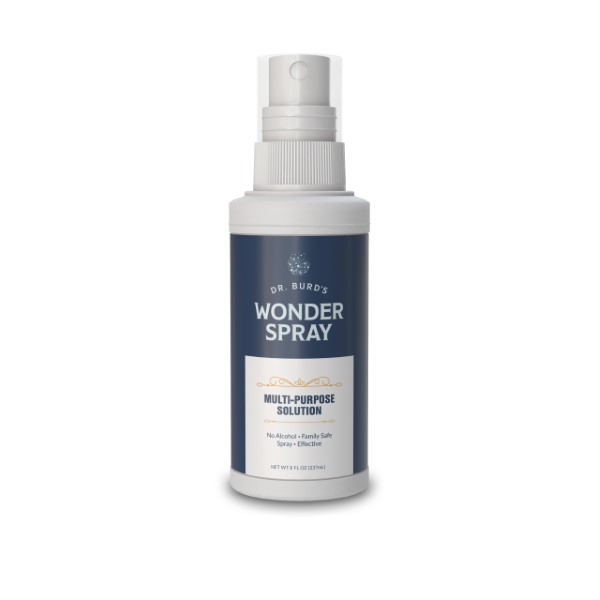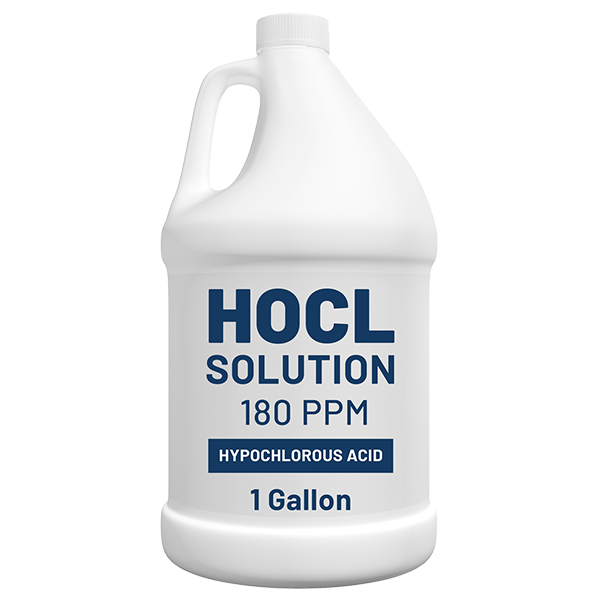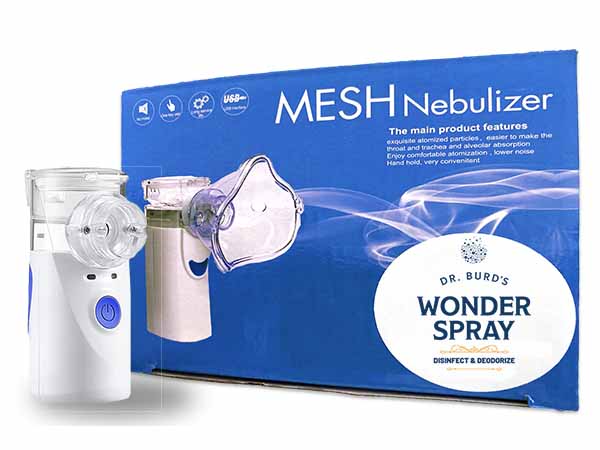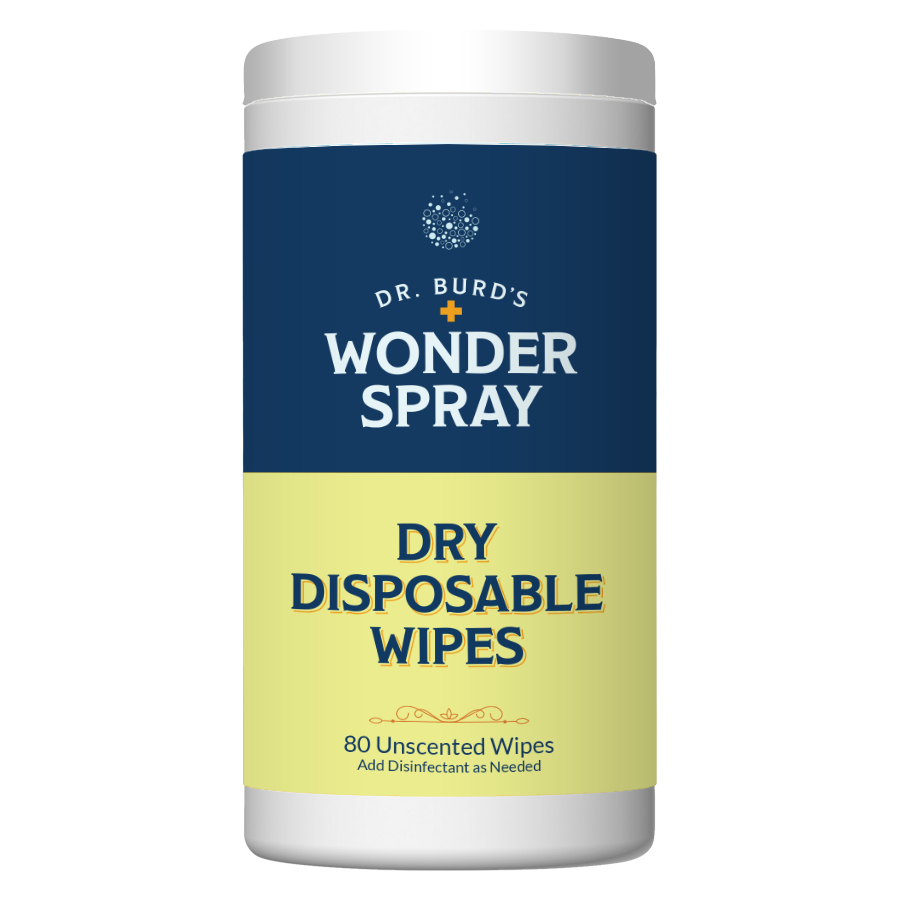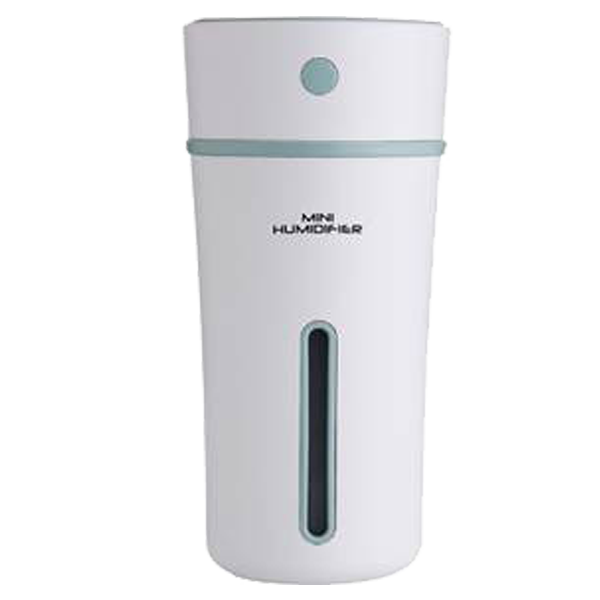Hypochlorous acid (HOCl) is a strong oxidant and a potent disinfectant that has been used for more than a century in various applications, such as water treatment, wound care, and food hygiene. HOCl is formed when chlorine gas (Cl2) dissolves in water and reacts with hydrogen ions (H+) to form hypochlorous acid (HOCl) and hypochlorite ions (OCl-). HOCl has an antimicrobial effect by disrupting the cell membranes of bacteria, viruses, and fungi, leading to their death.
Molecular geometry refers to the three-dimensional arrangement of the atoms in a molecule and how they are bonded together. The molecular geometry of HOCl is important because it determines its reactivity, stability, and efficacy as a disinfectant. The molecular formula of HOCl is HClO, which consists of one hydrogen atom (H), one chlorine atom (Cl), and one oxygen atom (O). The central atom in HOCl is chlorine, which has seven valence electrons.
The molecular geometry of HOCl can be determined using the valence shell electron pair repulsion (VSEPR) theory, which states that the electron pairs in the valence shell of an atom repel each other, and they are arranged in a way that minimizes this repulsion. In the case of HOCl, the electron pairs around the chlorine atom are arranged in a tetrahedral shape, with the hydrogen atom and the oxygen atom located at two of the four vertices. The lone pairs of electrons on the oxygen atom and the chlorine atom occupy the other two vertices, as shown in Figure 1.
Figure 1: Molecular geometry of HOCl (Image source: Wikimedia Commons)
The tetrahedral geometry of HOCl indicates that it has a bent shape, with an angle of about 104.5° between the hydrogen atom and the oxygen atom. This bent shape is due to the repulsion between the lone pairs of electrons on the oxygen atom and the chlorine atom, which exert a greater repulsive force than the bonding pairs of electrons. The bent shape of HOCl also gives rise to its polarity, meaning that it has a positive and negative end, like a magnet. The oxygen atom is more electronegative than the chlorine atom, meaning that it has a greater attraction for the electrons in the HOCl molecule. As a result, the oxygen end of HOCl carries a partial negative charge, while the chlorine end carries a partial positive charge.
The molecular geometry and polarity of HOCl play a crucial role in its disinfectant activity. The bent shape and polarity of HOCl allow it to penetrate the cell membranes of microorganisms, where it reacts with cellular components, such as proteins, enzymes, and DNA. HOCl can also oxidize organic matter, such as food residues and soil, by breaking down their chemical bonds. This makes HOCl an effective disinfectant for surfaces, equipment, and water sources in various settings, such as hospitals, schools, and restaurants.
HOCl is also produced naturally by the immune system in response to infections and injuries. Neutrophils, a type of white blood cell, generate HOCl as part of their oxidative burst mechanism, which helps to kill invading pathogens. The production of HOCl by neutrophils is regulated by various factors, such as pH, temperature, and the presence of other molecules, such as antioxidants. The mechanism by which HOCl kills microorganisms is complex and involves multiple pathways, such as oxidation of sulfhydryl groups, disruption of membrane potentials, and inhibition of enzymatic activity.
The benefits of using HOCl as a disinfectant are numerous. HOCl is a broad-spectrum disinfectant, meaning that it can kill a wide range of microorganisms, including bacteria, viruses, fungi, and protozoa. HOCl is also fast-acting, meaning that it can kill microorganisms in seconds to minutes, depending on the concentration used. HOCl is also safe for use on various surfaces and materials, such as plastics, metals, and fabrics, without causing damage or discoloration. HOCl is also non-toxic and non-irritating, making it safe for use in food processing, healthcare, and residential settings.
In summary, the molecular geometry of HOCl is a critical determinant of its disinfectant activity. The bent shape and polarity of HOCl enable it to penetrate the cell membranes of microorganisms and react with cellular components. HOCl is an effective and safe disinfectant that has numerous benefits for various applications. Further research is needed to better understand the mechanism of action of HOCl and optimize its use as a disinfectant.


